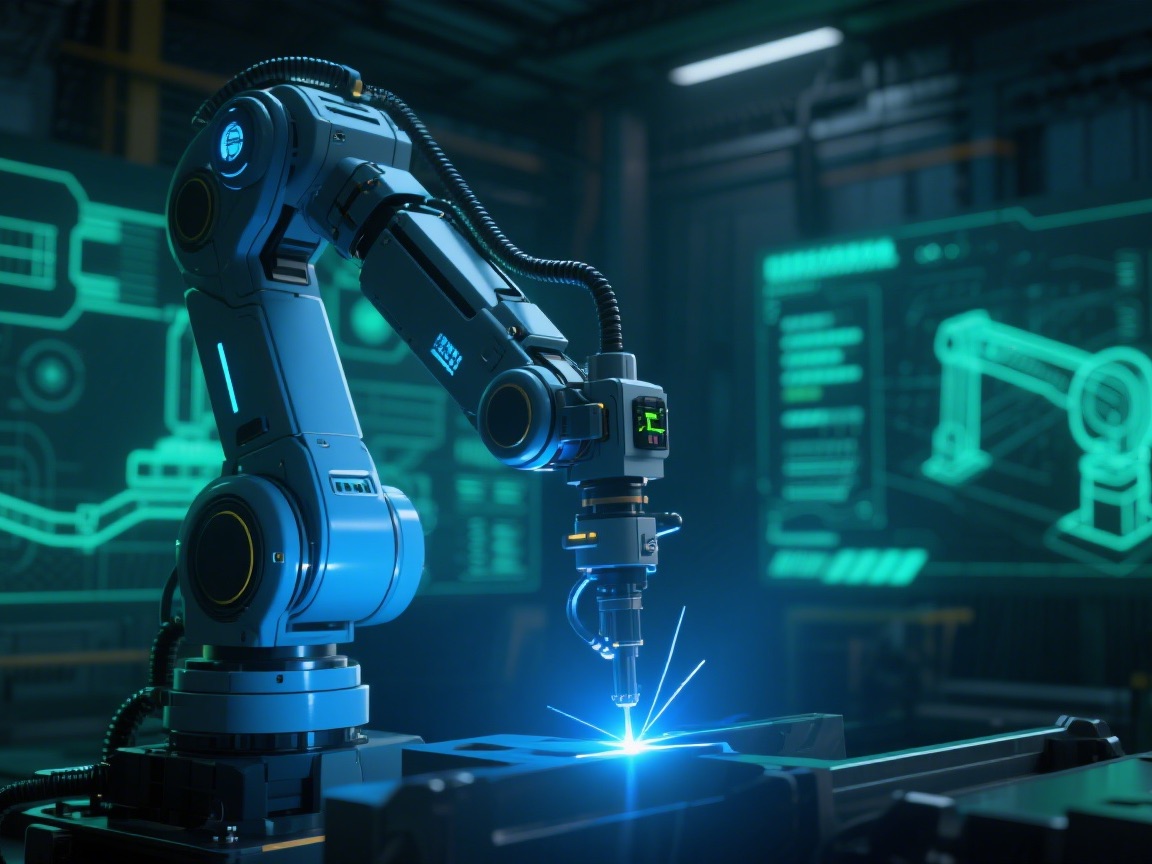As an important separation method, the development of centrifugation technology is closely linked to advances in biomedical research. From the initial simple equipment to today's intelligent ultracentrifuges, centrifugation technology has undergone a long and brilliant evolution.
As early as the 19th century, people began to attempt blood separation using centrifugal force. In the early 20th century, the commercial production of electric low-speed benchtop centrifuges marked the beginning of the practical application of centrifugation technology. In the 1920s, scientists initiated research on experimental centrifugation technology, laying the foundation for subsequent development. However, the real rapid development came in the 1950s: the commercial production of high-speed and ultra-high-speed centrifuges, coupled with the widespread application of experimental centrifugation technology, greatly promoted the progress of biological and medical research.
The vigorous development of modern biomedical research has put forward higher requirements for sample separation, which in turn has driven innovations in centrifugal equipment and separation methods. Since the 1970s, low-speed, high-speed, and ultra-high-speed centrifuges have been continuously upgraded, with their performance improving increasingly.
Today, advanced ultracentrifuges can generate centrifugal fields exceeding one million times the gravitational acceleration and operate stably for long periods. More notably, the new generation of ultracentrifuges is equipped with intelligent simulation functions, capable of providing optimal centrifugal separation solutions for various biological samples.
The following are key milestones in the development of centrifugation technology:
Early Exploration (1911-1929):
1911-1912:
Low-speed benchtop centrifuges (with rotational speeds below 3,000 rpm) began commercial production and application.
1923-1926:
Swedish scientist Svedberg and others developed the world's first experimental ultracentrifuge (45,000 rpm).
1926:
Svedberg and Fahraeus determined the molecular weight of horse hemoglobin using centrifugation technology and were awarded the Nobel Prize in Chemistry.
1929:
Lamm derived the sedimentation equation, calculated sedimentation velocity, and defined the sedimentation coefficient, laying the theoretical foundation for centrifugation.
Technological Breakthroughs and Application Expansion (1930-1959):
1932:
Behrens successfully purified cell nuclei using centrifugation technology.
1933:
Beams and Pickels developed an experimental air turbine-driven ultracentrifuge.
1947:
Beckman Coulter launched the world's first analytical ultracentrifuge (Model E) and preparative ultracentrifuge (Model L), marking the maturity of ultracentrifugation technology.
1951:
Brakke developed rate zonal centrifugation based on differential centrifugation; Kahler successfully developed the horizontal rotor.
1955:
Anderson developed the zonal rotor and, using zonal centrifugation, first verified the semi-conservative replication hypothesis of the DNA double helix structure.
1957-1959:
Meselson, Duve, and others developed isopycnic centrifugation.
Continuous Innovation and Intelligent Development (1960-Present):
1963:
Beckman Coulter launched the world's first Type 50 Ti titanium rotor, enhancing rotor strength and durability.
1974:
Beckman Coulter introduced the world's first microcentrifuge, Microfuge B, facilitating centrifugal separation of small-volume samples.
1975:
Vertical tube rotors were developed and applied to Dupont-Sorvall oil turbine-driven ultracentrifuges.
1981:
Beckman Coulter launched the "elutriation" rotor for cell centrifugal purification.
1998:
Beckman Coulter introduced the world's first benchtop ultracentrifuge, Optima™ MAX, with centrifugal force exceeding one million g, along with the self-correcting ARIES rotor.
2002:
Beckman Coulter developed the Optima™ L-XP ultracentrifuge with touch-screen operation, whose centrifugal expert software can perform on-machine experimental simulations of centrifugation methods for various biological samples and calculate molecular weight, sedimentation coefficient, etc.
2012:
Beckman Coulter developed the world's first intelligent ultracentrifuge, the Optima™ X series, marking the entry of centrifugation technology into the intelligent era.
2014-2015:
Intelligent centrifugation technology was introduced into floor-standing high-speed centrifuges, with the successive launch of JXN-26 and JXN-30 series intelligent high-efficiency centrifuges.
Disclaimer: This website respects intellectual property rights. If any infringement is found, please contact this website in a timely manner for handling.
 Industry News
Industry News Industrial Manufacturing: AI-Driven Upgrade of Smart Manufacturing
Industrial Manufacturing: AI-Driven Upgrade of Smart Manufacturing
 Current Affairs
Current Affairs